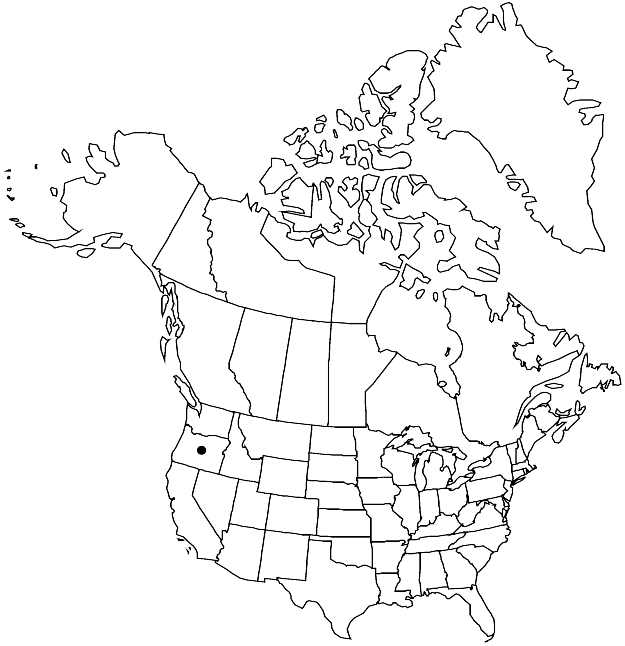Difference between revisions of "Streptanthus glandulosus subsp. josephinensis"
Novon 18: 280. 2008.
FNA>Volume Importer |
FNA>Volume Importer |
||
| Line 46: | Line 46: | ||
|publication year=2008 | |publication year=2008 | ||
|special status= | |special status= | ||
| − | |source xml=https://jpend@bitbucket.org/aafc-mbb/fna-data-curation.git/src/ | + | |source xml=https://jpend@bitbucket.org/aafc-mbb/fna-data-curation.git/src/8f726806613d60c220dc4493de13607dd3150896/coarse_grained_fna_xml/V7/V7_1235.xml |
|tribe=Brassicaceae tribe Thelypodieae | |tribe=Brassicaceae tribe Thelypodieae | ||
|genus=Streptanthus | |genus=Streptanthus | ||
Revision as of 17:55, 18 September 2019
Stems moderately hirsute proximally, glabrous distally, 1.7–3.8 dm. Cauline leaves: blade flat distally, margins dentate, surfaces sparsely hirsute. Racemes secund; rachis straight. Fruiting pedicels 5–10 mm, glabrous or sparsely pubescent. Flowers: sepals white or cream, 3–5 mm, glabrous or sparsely pubescent; petals white (with purple veins), 7–8 mm; adaxial filaments 5–6 mm. Fruits divaricate-ascending, straight or curved inwards; valves glabrous or sparsely pubescent.
Phenology: Flowering Jun–Jul.
Habitat: Serpentine areas
Discussion
Of conservation concern.
Subspecies josephinensis, known from Josephine County, is disjunct from the white-flowered Californian subspecies. R. C. Rollins (1993) and R. E. Buck et al. (1993) attributed the Oregonian plants to subspp. glandulosus and secundus, respectively.
Selected References
None.
